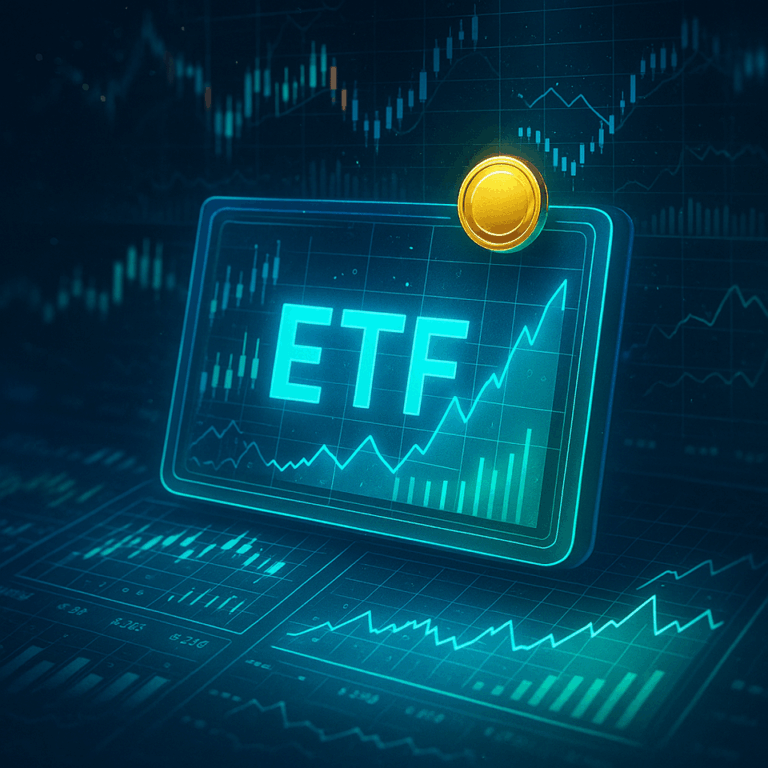The investment landscape in 2025 is defined by transformation. Investors are adapting to a new global economy shaped by technological innovation, sustainability priorities, and evolving market dynamics. The focus has shifted from speculative short-term gains toward strategies that balance growth, security, and ethical responsibility.
This evolution reflects a fundamental change in how wealth is built and preserved. Institutional and retail investors alike are diversifying portfolios across asset classes, regions, and digital platforms to ensure resilience in an interconnected yet uncertain world.
The Global Investment Climate in 2025
After a decade of volatility, 2025 represents a period of cautious optimism for investors. Inflation has moderated, interest rates have stabilized, and many economies are showing steady growth supported by innovation in sectors such as clean energy, technology, and healthcare.
At the same time, global trade continues to recover from past disruptions, creating new opportunities in emerging markets. Investors are prioritizing adaptability, diversification, and long-term vision as essential tools for navigating the complexities of a fast-changing financial system.
Key Investment Trends for 2025
1. Diversification Beyond Borders
Geographic diversification remains a cornerstone of sound investment strategy. In 2025, investors are allocating capital across developed and emerging markets to capture global growth opportunities while mitigating local risks.
Asia and Africa are becoming central to this strategy. Nations like India, Indonesia, and Kenya are seeing rapid expansion driven by technology adoption, manufacturing, and renewable energy projects. Meanwhile, North America and Europe continue to provide stability and liquidity for conservative investors.
2. The Rise of Sustainable Investing
Sustainability has become a defining principle of modern portfolios. Environmental, Social, and Governance (ESG) investing is now mainstream, as investors recognize that companies committed to responsible practices tend to deliver stronger, more consistent returns.
Green bonds, renewable energy funds, and sustainable infrastructure projects are among the fastest-growing asset categories in 2025. Institutional investors are aligning portfolios with climate goals and reporting standards to ensure transparency and accountability.
This trend is not only ethical but strategic—companies with strong ESG ratings have proven more resilient in the face of economic shocks and regulatory changes.
3. Technology-Driven Investments
Technology continues to lead global innovation, and investors are capitalizing on its momentum. Artificial intelligence, automation, biotechnology, and cybersecurity remain key growth sectors.
AI-driven companies are revolutionizing industries ranging from healthcare to logistics, while advancements in robotics are boosting efficiency in manufacturing. Additionally, cybersecurity investments are surging as businesses prioritize digital protection in an increasingly connected world.
Tech-driven funds and ETFs offer diversified exposure to these high-growth areas, appealing to investors seeking both innovation and scalability.
4. Real Assets and Inflation Protection
Inflation-conscious investors are focusing on tangible assets that maintain value over time. Real estate, infrastructure, and commodities are being used to hedge against potential market instability.
Real estate investment trusts (REITs) provide exposure to commercial and residential properties with stable returns. Infrastructure investments—particularly in renewable energy and transportation—offer predictable cash flows while supporting long-term economic development.
Gold and other precious metals continue to serve as safe-haven assets, providing stability during market fluctuations.
5. Digital Assets and Tokenization
By 2025, digital assets have secured their position within mainstream investment portfolios. Cryptocurrencies, stablecoins, and tokenized securities are now regulated in most major economies, giving investors new avenues for diversification.
Tokenization allows fractional ownership of high-value assets, from real estate to fine art, expanding accessibility to traditionally exclusive markets. While volatility persists in certain segments, regulated digital investments are providing transparency, liquidity, and flexibility for modern investors.
This integration of blockchain technology with traditional finance marks one of the most significant shifts in global investing.
The Importance of Data and AI in Investment Decision-Making
Artificial intelligence has revolutionized portfolio management and market analysis. AI-powered systems can process vast amounts of financial data, identify emerging patterns, and predict potential risks with remarkable accuracy.
In 2025, investors increasingly rely on AI for asset allocation, risk assessment, and trend forecasting. Automated trading systems enhance efficiency and eliminate emotional bias, allowing portfolios to adapt dynamically to changing conditions.
However, human expertise remains essential. The most successful investors combine AI-driven insights with human judgment, balancing algorithmic precision with strategic perspective.
The Growth of Passive and Hybrid Investing
Passive investing—through index funds and exchange-traded funds (ETFs)—continues to dominate due to its cost efficiency and long-term reliability. In 2025, ETFs represent one of the most popular vehicles for diversified exposure across asset classes.
At the same time, hybrid investing is gaining traction. Investors combine passive strategies with active management to capture opportunities in specific sectors or market inefficiencies. This blended approach offers both stability and adaptability in an evolving financial landscape.
Behavioral Finance and Long-Term Mindset
Behavioral finance plays a crucial role in 2025’s investment environment. Market psychology, emotional reactions, and herd behavior remain major influences on performance.
Successful investors are those who maintain discipline—focusing on long-term goals rather than short-term volatility. Education, diversification, and clear financial planning help mitigate emotional decision-making, ensuring consistent portfolio growth over time.
This psychological awareness has become as important as technical expertise in achieving sustainable wealth.
Opportunities in Emerging Markets
Emerging markets continue to offer high potential returns for investors willing to embrace measured risk. These economies benefit from favorable demographics, urbanization, and expanding digital infrastructure.
Latin America’s renewable energy and agriculture sectors are attracting significant foreign investment, while Africa’s fintech and logistics industries are growing rapidly. Asia remains the global growth engine, with digital transformation fueling entrepreneurship and consumption.
Diversified exposure to these regions can enhance portfolio performance while promoting inclusive global development.
Risk Management and Economic Resilience
Risk management remains central to every investment strategy. In 2025, geopolitical shifts, inflationary pressures, and cyber risks continue to influence global markets.
Investors are mitigating these challenges through diversification, asset hedging, and liquidity management. Insurance-linked securities and defensive funds are gaining popularity as tools to protect against extreme events.
Maintaining a disciplined, adaptable approach is essential to preserving capital and ensuring sustainable returns in the face of uncertainty.
The Outlook for the Next Decade
Looking beyond 2025, investing will become increasingly digital, data-driven, and globally integrated. New asset classes, from tokenized instruments to sustainable infrastructure, will expand the boundaries of portfolio diversification.
AI, automation, and financial education will continue to empower investors, making wealth-building more accessible and efficient than ever before.
The future of investing will reward those who combine innovation with discipline—embracing technology while maintaining long-term vision and ethical responsibility.
Conclusions
Investment strategies in 2025 reflect a balance between progress and prudence. The world’s financial systems are evolving toward greater transparency, sustainability, and technological integration, providing investors with unprecedented tools to build wealth responsibly.
Diversification, data intelligence, and sustainability are the cornerstones of modern portfolio design. Those who adapt to these principles are best positioned to thrive in a global economy defined by innovation, collaboration, and resilience.
In an era where finance and technology converge, investing is no longer just about profit—it’s about creating long-term value that benefits individuals, institutions, and societies alike.







